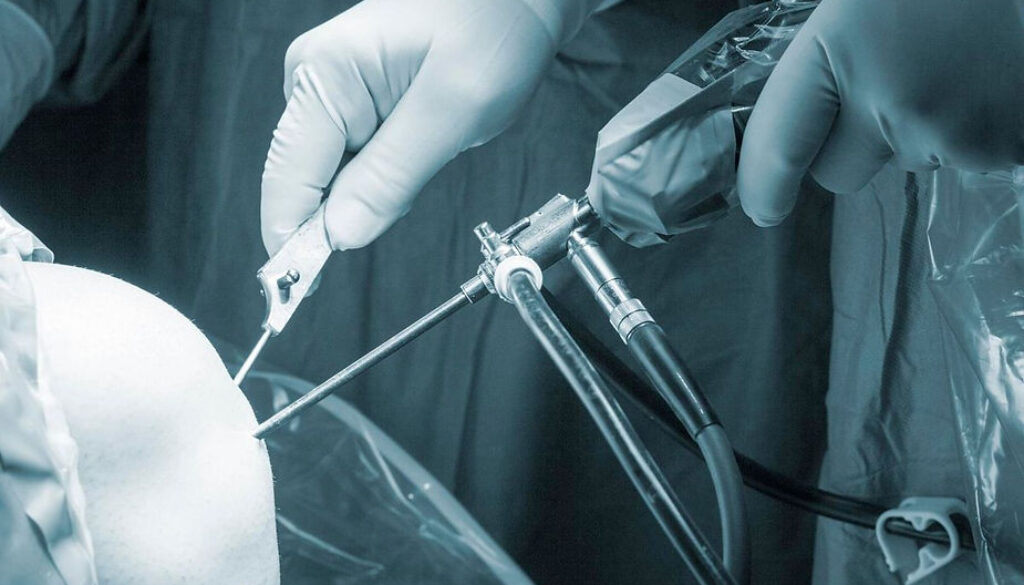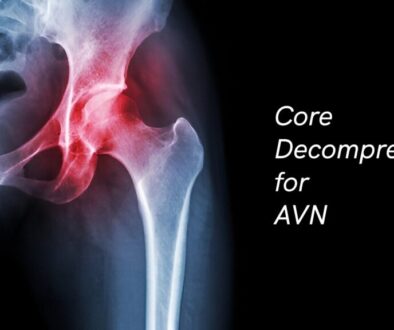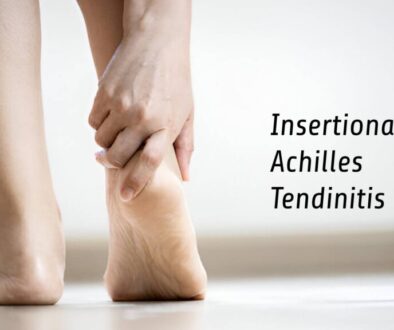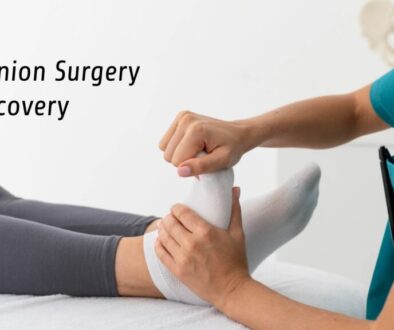Arthroscopic Debridement Guide: Procedure and Recovery
Curious about recovering swiftly from joint issues? Learn how arthroscopic debridement can offer minimal scarring and quicker rehabilitation for an active lifestyle.
Understanding Arthroscopic Debridement
Arthroscopic debridement is a minimally invasive procedure aimed at removing damaged, infected, or nonviable tissue from joints. Using an arthroscope, surgeons can precisely target and remove problematic tissue, promoting healing and encouraging the regeneration of healthy tissue. It’s typically recommended when non-surgical treatments haven’t provided the desired relief.
What makes arthroscopic debridement appealing? For starters, it offers a quicker recovery and minimal scarring compared to traditional open surgeries. Patients can often return to their normal activities much sooner, which is a significant advantage for those with active lifestyles.
Understanding the procedure and its benefits is crucial for anyone considering arthroscopic debridement. It’s a step towards a more active and pain-free lifestyle, backed by advanced surgical techniques.
Conditions Treated by Arthroscopic Debridement
Arthroscopic debridement treats various joint issues. It helps with osteoarthritis, a degenerative joint disease that causes cartilage wear, pain, and stiffness. This procedure removes loose cartilage or bone fragments, easing discomfort and improving joint movement.
The technique also addresses cartilage damage or loose bodies in joints. These problems can stem from injury or normal wear and tear, causing pain and restricted movement. By removing these obstructions, arthroscopic debridement restores smoother joint function. For those interested in more specialized cartilage treatments, our chondroplasty procedures offer advanced solutions for localized cartilage loss or tears.
For torn meniscus or ligament injuries, this procedure is crucial. Meniscus tears, common in athletes, can lead to joint instability. Arthroscopic debridement allows us to trim or repair torn areas, reducing pain and enhancing stability. Additionally, our knee arthroscopy services are designed to address complex knee issues such as ACL tears, providing comprehensive care for athletes.
Synovitis, inflammation of the joint lining, responds well to this technique. The procedure reduces inflammation by cleaning out inflamed tissue, alleviating pain and improving mobility.
By treating these conditions, arthroscopic debridement helps patients return to active lives. We tailor each procedure to our patients’ needs, ensuring the best results and quick recovery.
Preparing for Arthroscopic Debridement
Got arthroscopic debridement coming up? Here’s what you need to know before heading into surgery.
Pre-procedure consultation: Chat openly with your doctor. Discuss your symptoms, treatment history, and any concerns you might have. It’s your chance to understand the procedure, so ask questions and clarify doubts. For a broader understanding of the various orthopedic procedures we offer, including arthroscopic surgeries, you might find our detailed list of surgeries and procedures helpful.
Diagnostic tests: Imaging tests, like X-rays or MRIs, help pinpoint the problem. Sometimes, lab tests are needed to ensure you’re fit for surgery. Your doctor will guide you on which tests to take.
Pre-surgery instructions: Your doctor will give you specific guidelines. Fasting is usually required, so no eating or drinking for a set period before surgery. They’ll also advise you on medications – some might need to be paused.
What to expect on the day of surgery: Arrive early to complete any necessary paperwork. You’ll change into a hospital gown and meet your surgical team. They’ll review the procedure and answer last-minute questions. Once you’re prepped, anesthesia is administered, and the surgery begins.
It’s all about being prepared and informed. With clear communication and following your doctor’s instructions, you’re setting yourself up for a smoother experience.
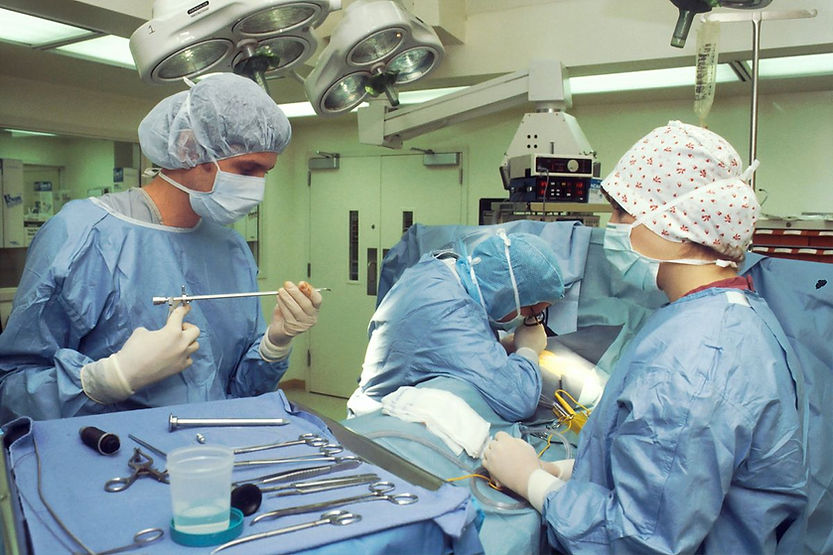
The Arthroscopic Debridement Procedure
Arthroscopic debridement is a precise procedure that demands careful preparation and execution. Start with pre-surgery preparations. You’ll need to fast; no food or drink for a specific period before your surgery. Medical reviews are crucial, so expect some tests to ensure you’re ready for the procedure.
On the day, you’ll receive anesthesia. Depending on your case, it could be local, regional, or general. This ensures you won’t feel discomfort during the surgery. Once you’re under, the joint space is expanded using a sterile fluid, providing the surgeon with a clear view inside the joint. If you’re dealing with shoulder issues, you might also consider learning more about shoulder arthroscopy procedures, which offer minimally invasive solutions for various shoulder problems.
Next, small incisions are made. These allow the insertion of the arthroscope and other surgical instruments. The surgeon will examine the joint, identifying and removing damaged tissue. Precision is key, ensuring only the problematic areas are addressed while preserving healthy tissue.
After the procedure, careful closure and bandaging are performed. This minimizes scarring and helps prevent infection. Post-surgery, our focus shifts to pain management. You’ll receive medications to manage discomfort and instructions for a smooth recovery.
The process is structured to ensure safety and effectiveness. By following each step diligently, we aim for a successful outcome and a rapid return to your daily activities.
Recovery and Rehabilitation
Recovery after arthroscopic debridement is an important phase. Expect mild to moderate pain and swelling for several weeks. Walking is usually possible the same day, but follow specific guidelines to resume activities safely.
At Sports Orthopedics Institute, we support your recovery journey with comprehensive rehabilitation services. Our in-house physiotherapists guide you through safe and effective recovery strategies. Follow these steps to get back on your feet as quickly as possible.
Understanding these treatments helps you know what to expect. Recovery varies, but our team at Sports Orthopedics Institute ensures that each patient receives care suited to their specific condition, supporting optimal recovery outcomes. For more detailed insights into AVN and related conditions, you can explore our research publications that discuss various orthopedic health topics.
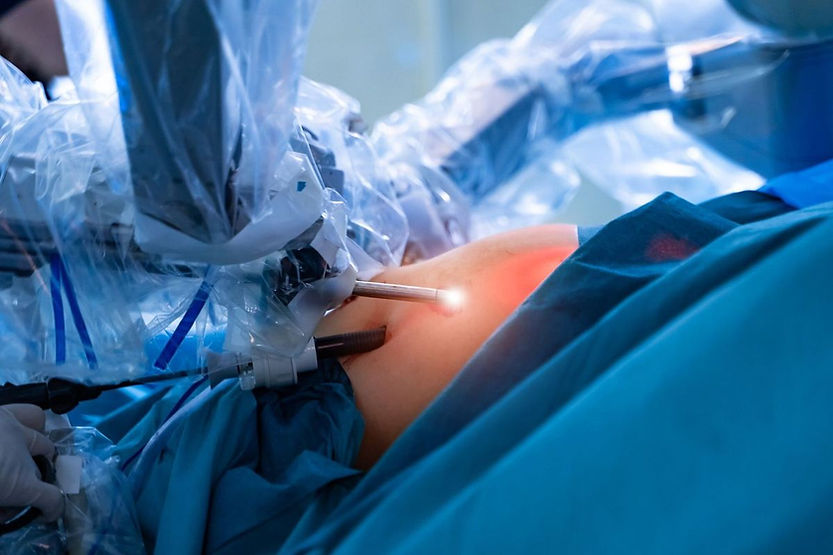
Expected Outcomes and Benefits
Arthroscopic debridement improves mobility and relieves pain. Patients experience better joint function and less discomfort, making daily activities easier.
Recovery time varies. You’ll have some swelling and discomfort at first, but these usually fade within weeks. You can often start walking and light activities soon after surgery. Follow your doctor’s advice on increasing activity levels.
Arthroscopic debridement often produces good results. Many patients see significant improvements in joint function and pain reduction. This procedure works well for minor joint issues that haven’t improved with non-surgical treatments.
Typical outcomes include better movement and less joint stiffness. After recovery, patients often find sports and physical activities easier. Keep in mind that results can differ based on your specific condition and overall health.
At Sports Orthopedics Institute, we provide specialized care tailored to each patient. Our expert team supports you throughout recovery, helping you safely return to an active lifestyle. For those with more severe joint damage, we also offer joint fusion surgery to alleviate persistent pain and stiffness, ensuring comprehensive orthopedic care.
Risks and Final Thoughts
Arthroscopic debridement is a safe procedure, but it has some risks like any surgery.
Understanding these risks helps you make informed decisions about your care. Follow your doctor’s advice and post-operative care plan for a smooth recovery.
Arthroscopic debridement is a minimally invasive solution that aims for faster recovery and less pain. It treats various joint issues, making it a good option if you have ongoing discomfort. Proper preparation and understanding of the recovery process will help you manage your joint health better. For those dealing with shoulder issues, learning more about procedures like subacromial decompression for shoulder impingement can provide additional insights into surgical options available.
When to Consult a Specialist
Not sure if you need arthroscopic debridement? Watch for signs like persistent joint pain, swelling, or limited mobility that don’t improve with rest or medication. If you’re experiencing these symptoms, it’s time to consider consulting a specialist.
Choosing the right orthopedic surgeon is crucial. Look for a professional with a strong track record in arthroscopic procedures and a specialization in sports injuries. At Sports Orthopedics Institute, we’ve got a team led by Dr. Naveen Kumar L.V., known for his expertise and international experience. Our surgeons are skilled in advanced techniques, ensuring you receive top-notch care. For more information on our comprehensive services and Dr. Naveen’s expertise, visit our Sports Orthopedics Institute page.
Preparing for your first consultation is simple. Gather your medical history, including any previous treatments or surgeries. Note down your symptoms and any questions you have. This information helps the specialist understand your condition better and recommend the best treatment plan.
During the consultation, discuss your symptoms openly. Ask about the procedure, recovery time, and potential outcomes. Our specialists will guide you through the process, addressing any concerns you have. This initial meeting is a great opportunity to understand your options and make informed decisions about your joint health.
FAQs About Arthroscopic Debridement
At Sports Orthopedics Institute, we focus on delivering top-notch care and support throughout your recovery. Our team is here to ensure you regain your active lifestyle with confidence and ease.

